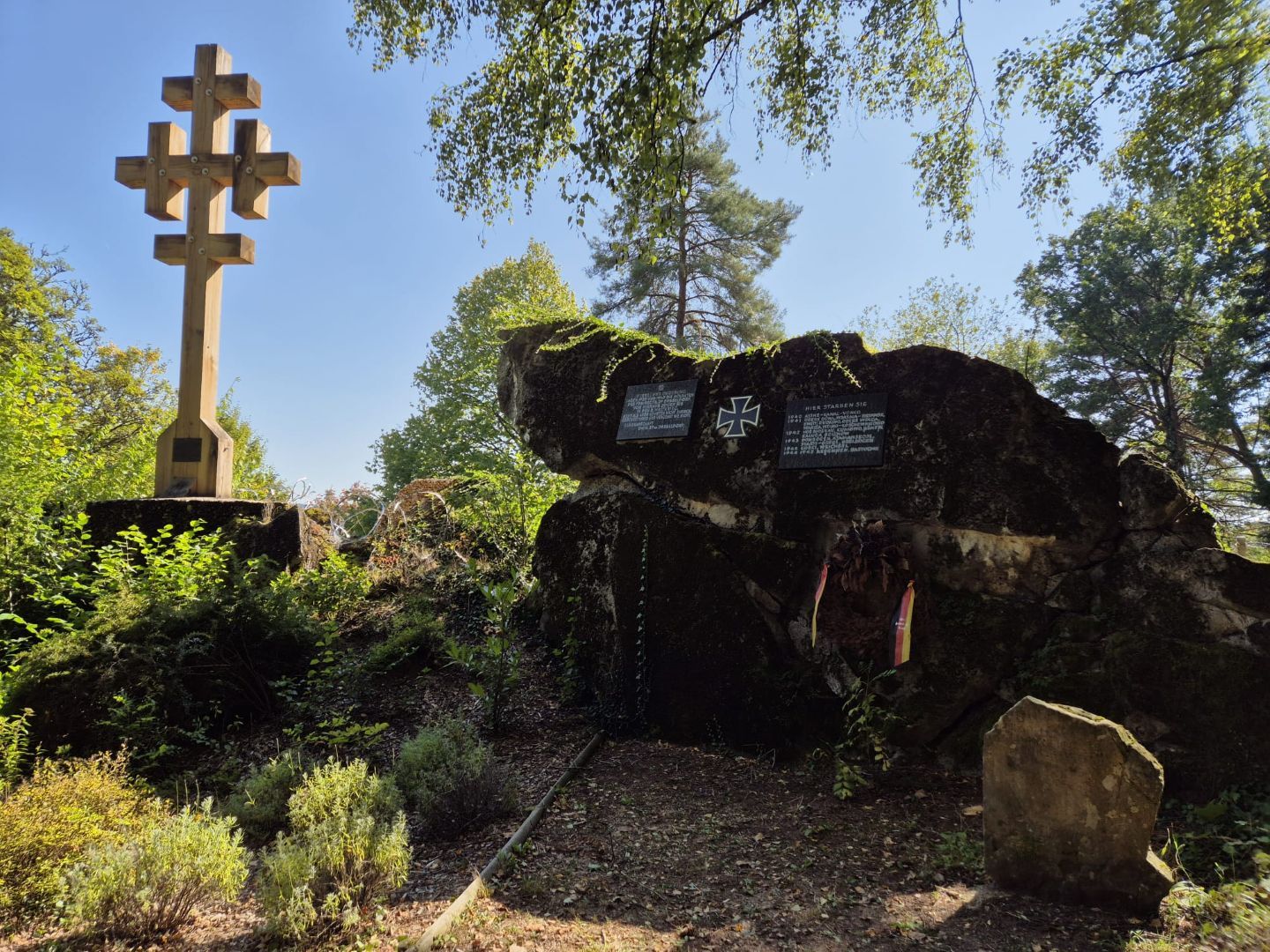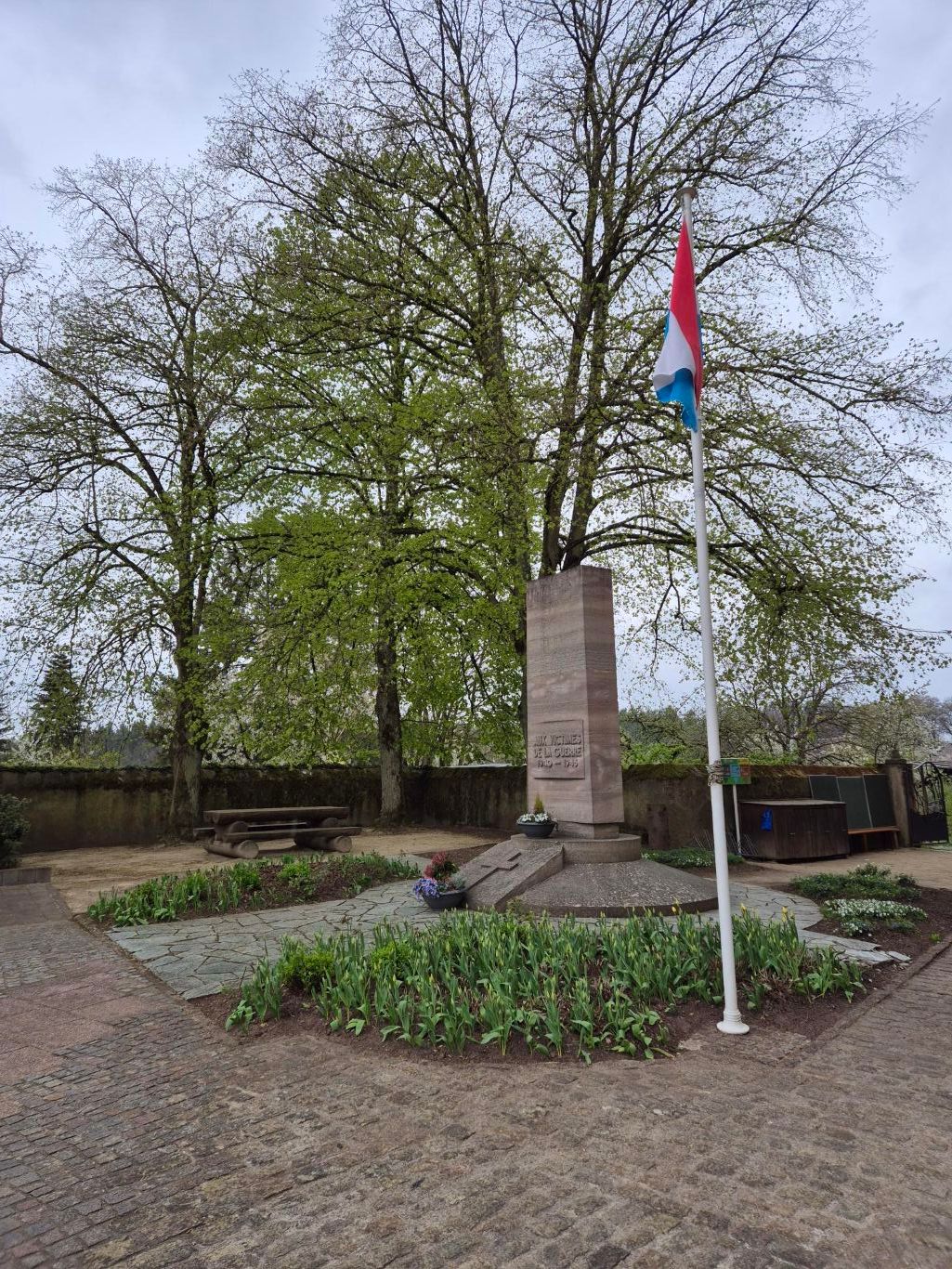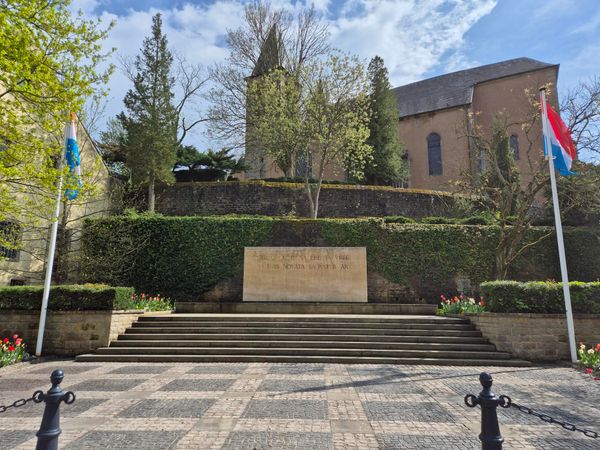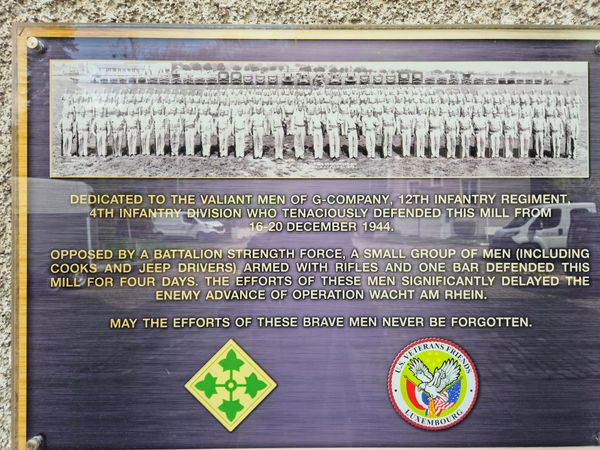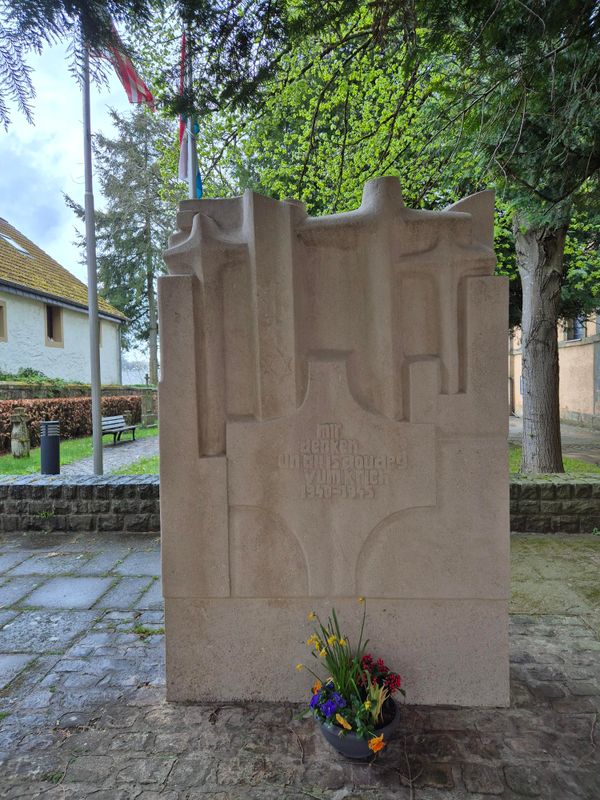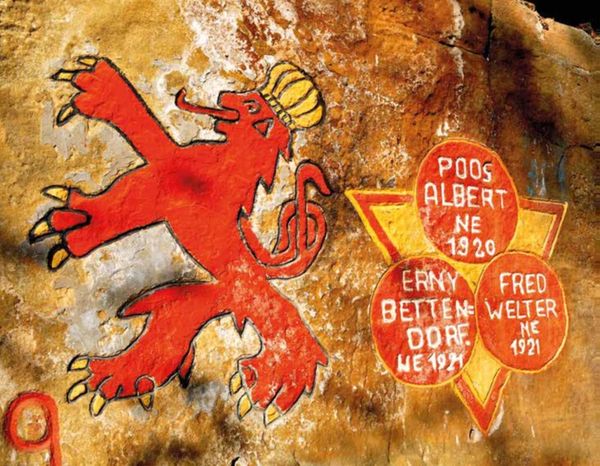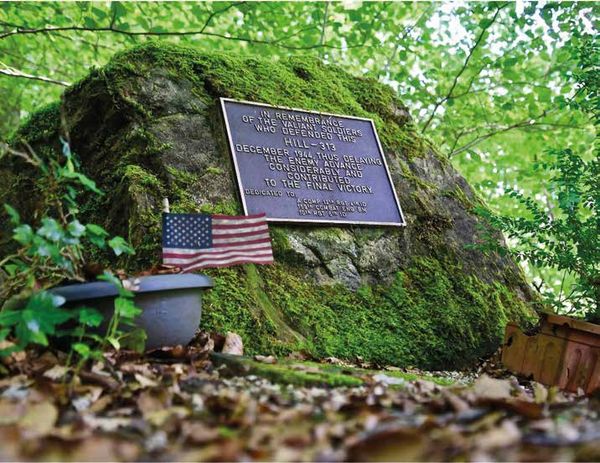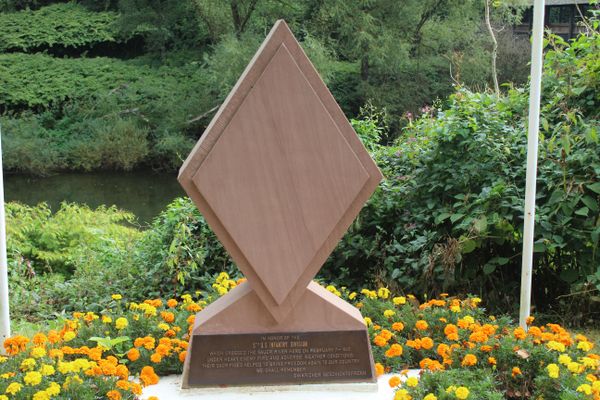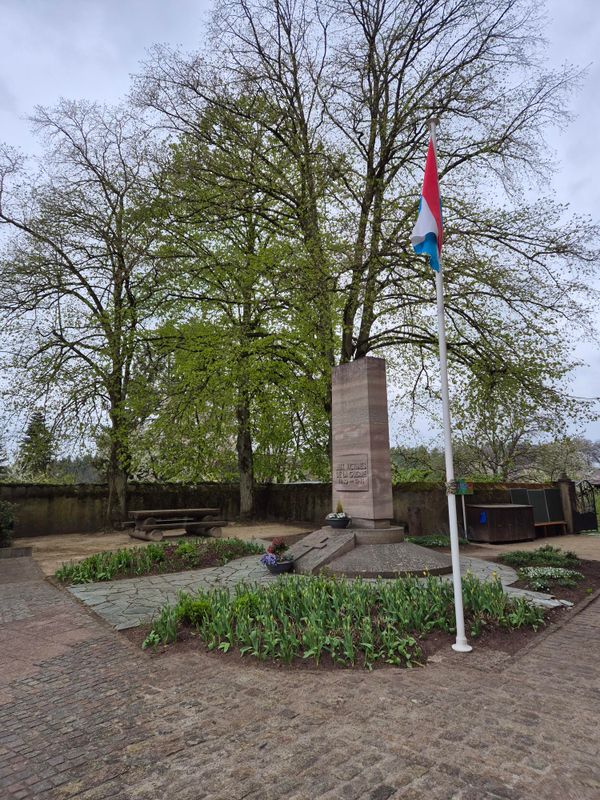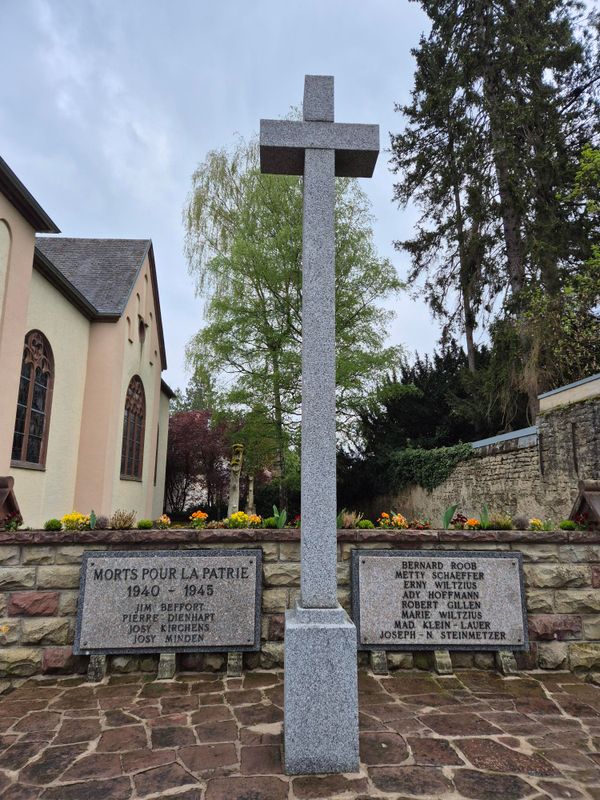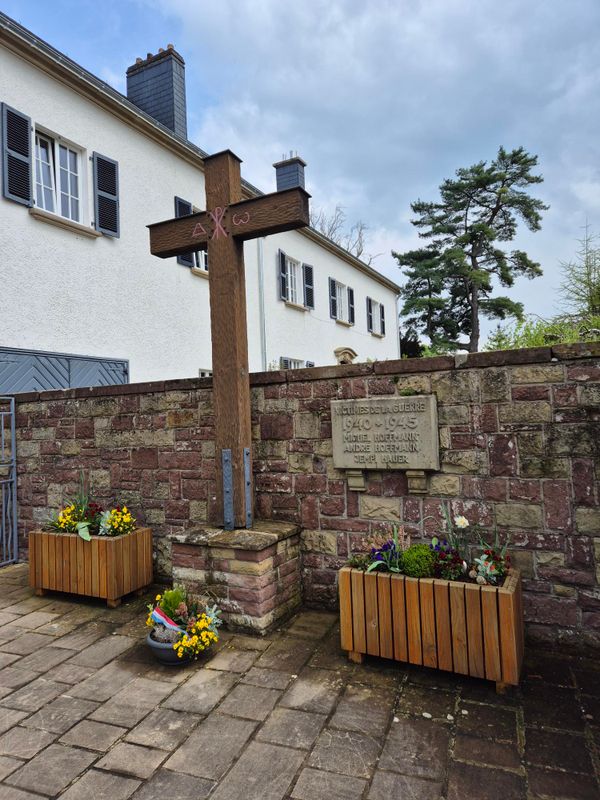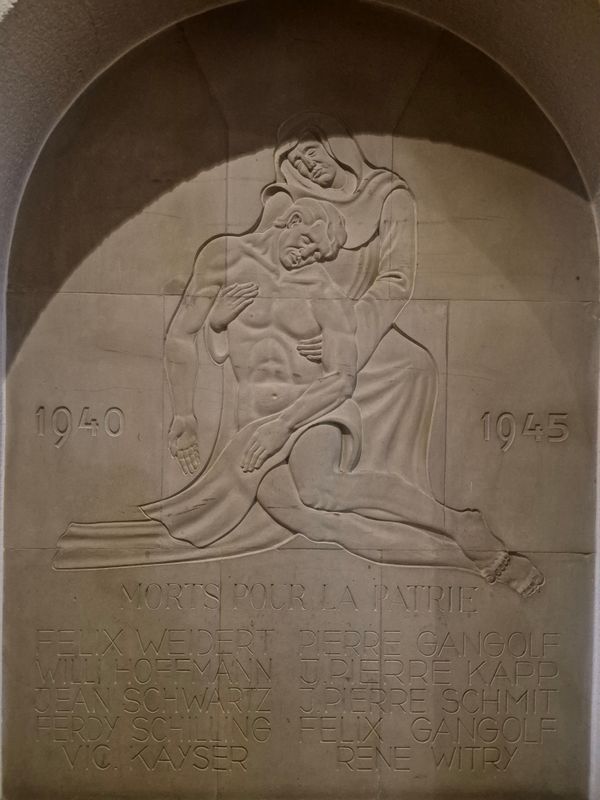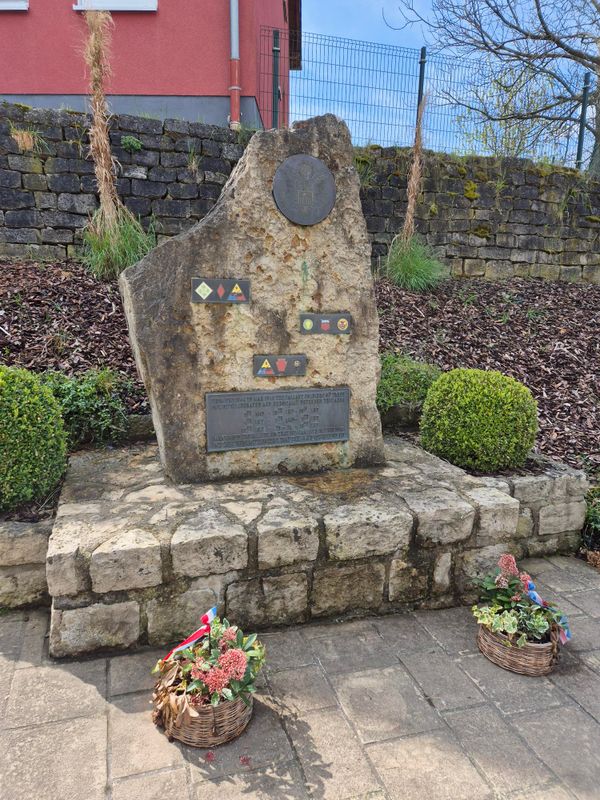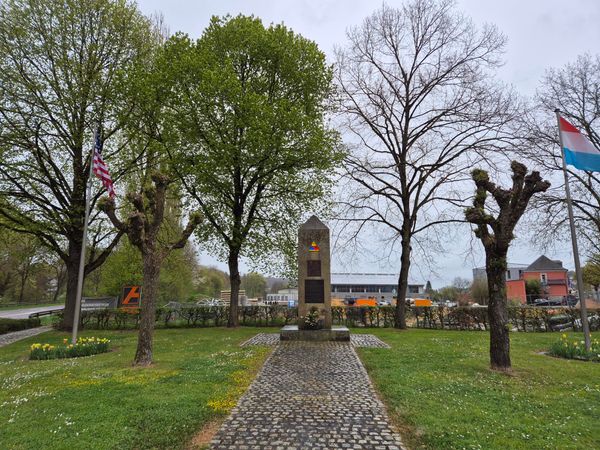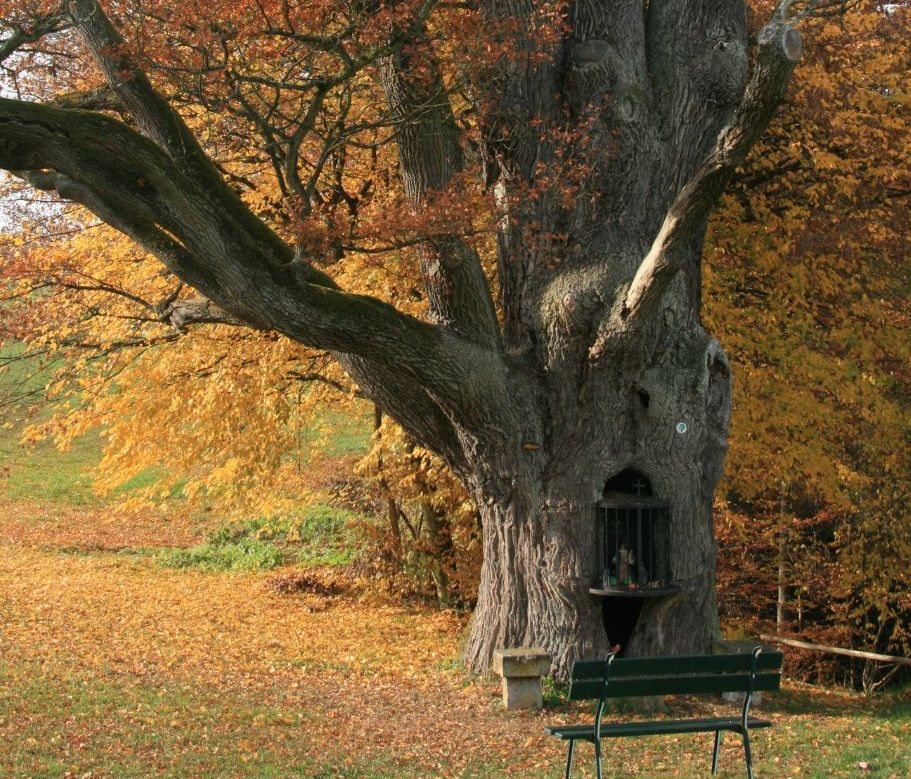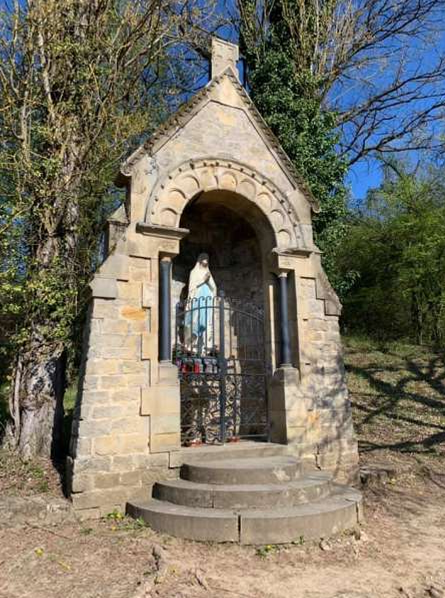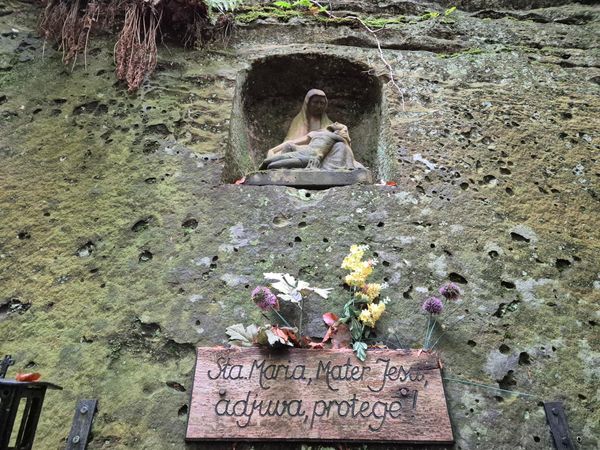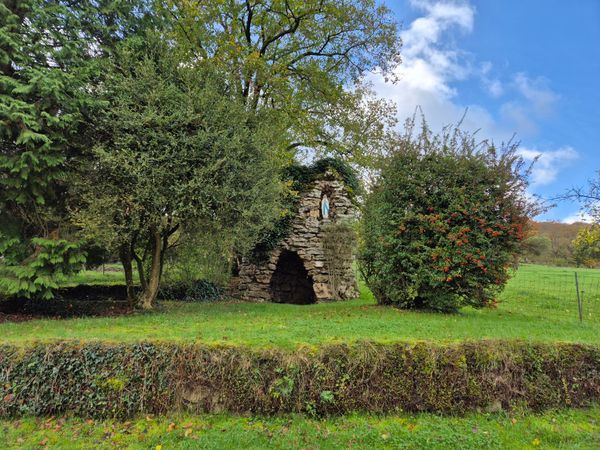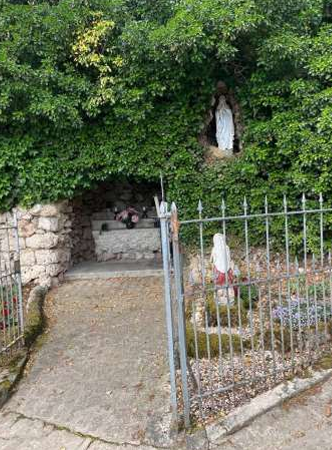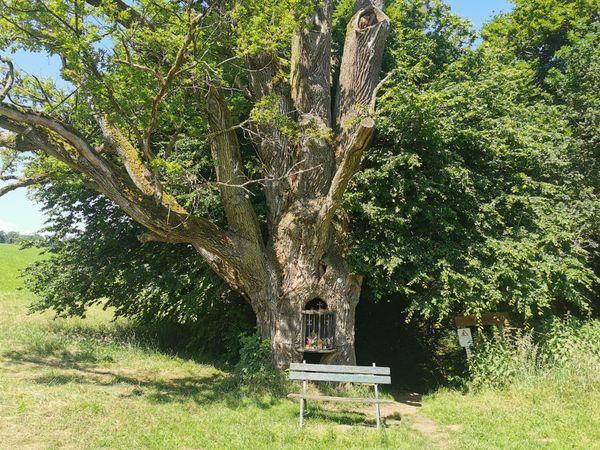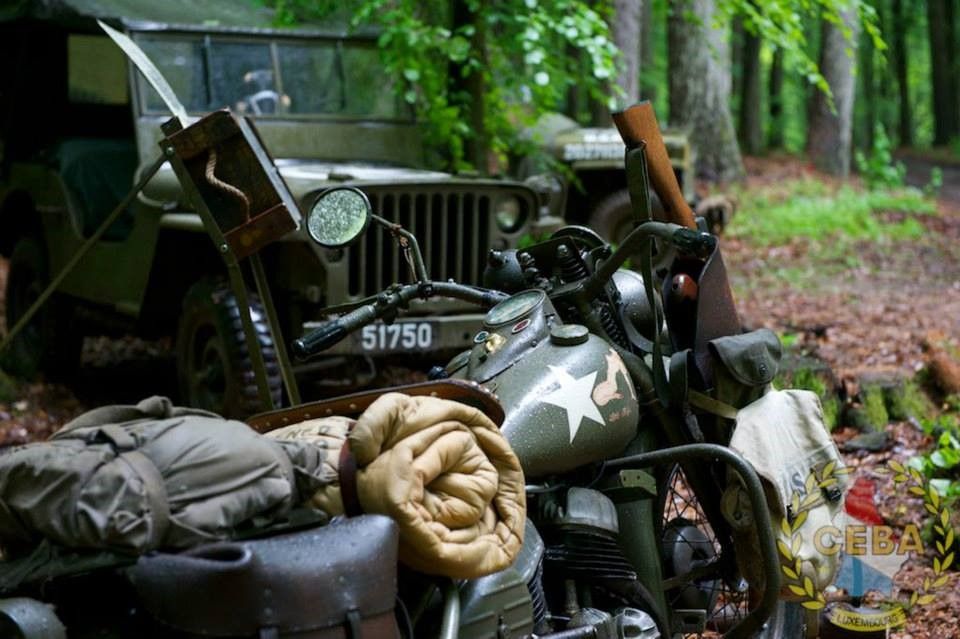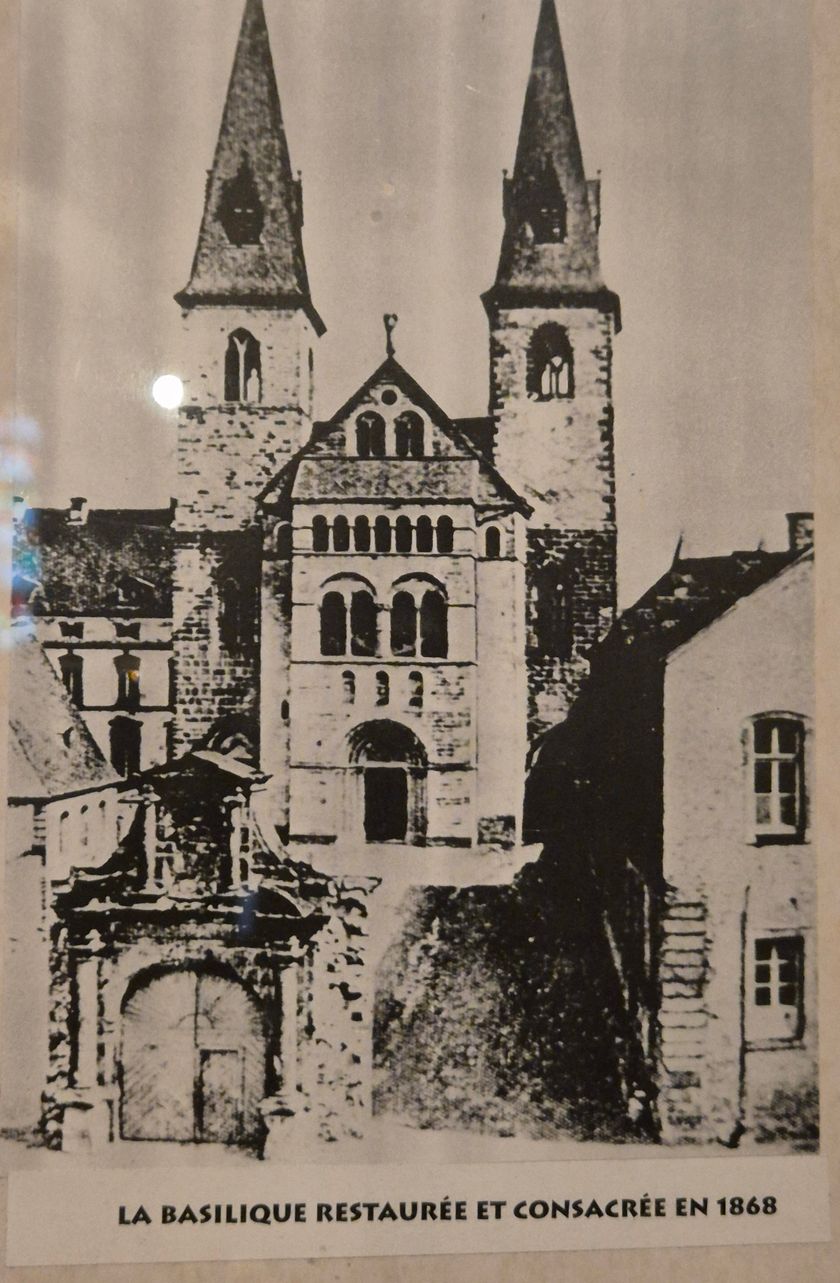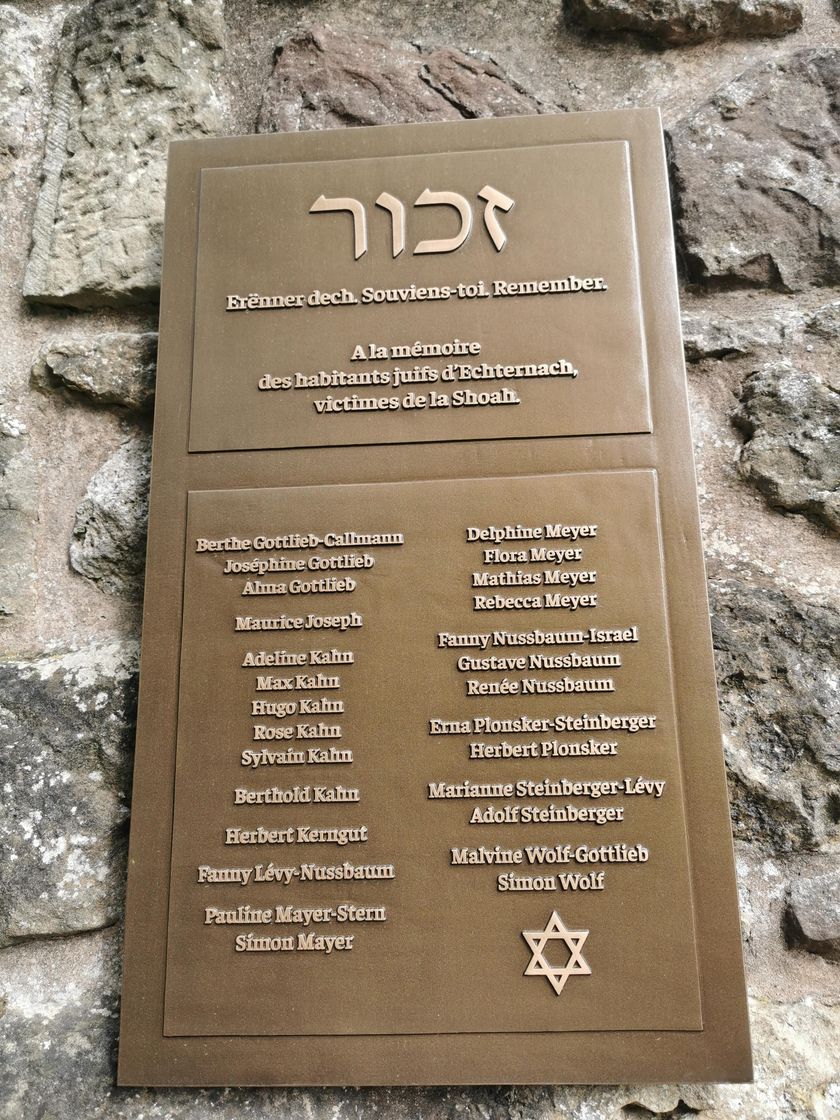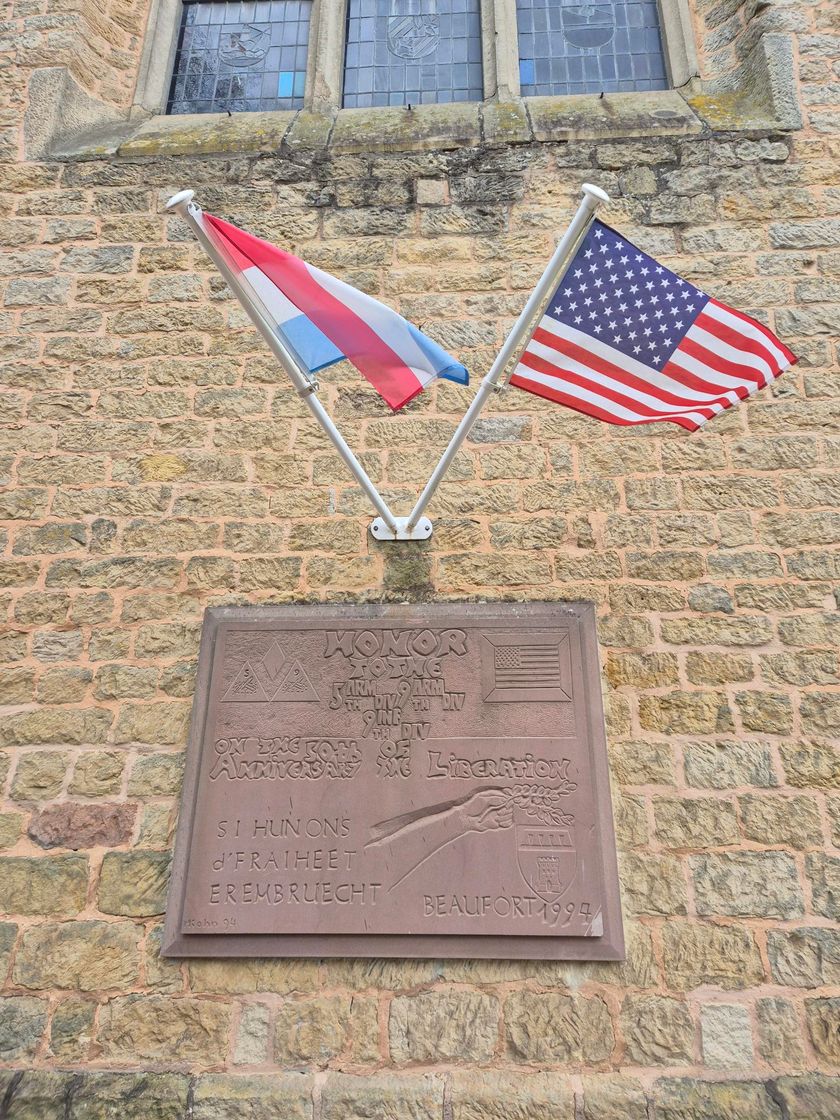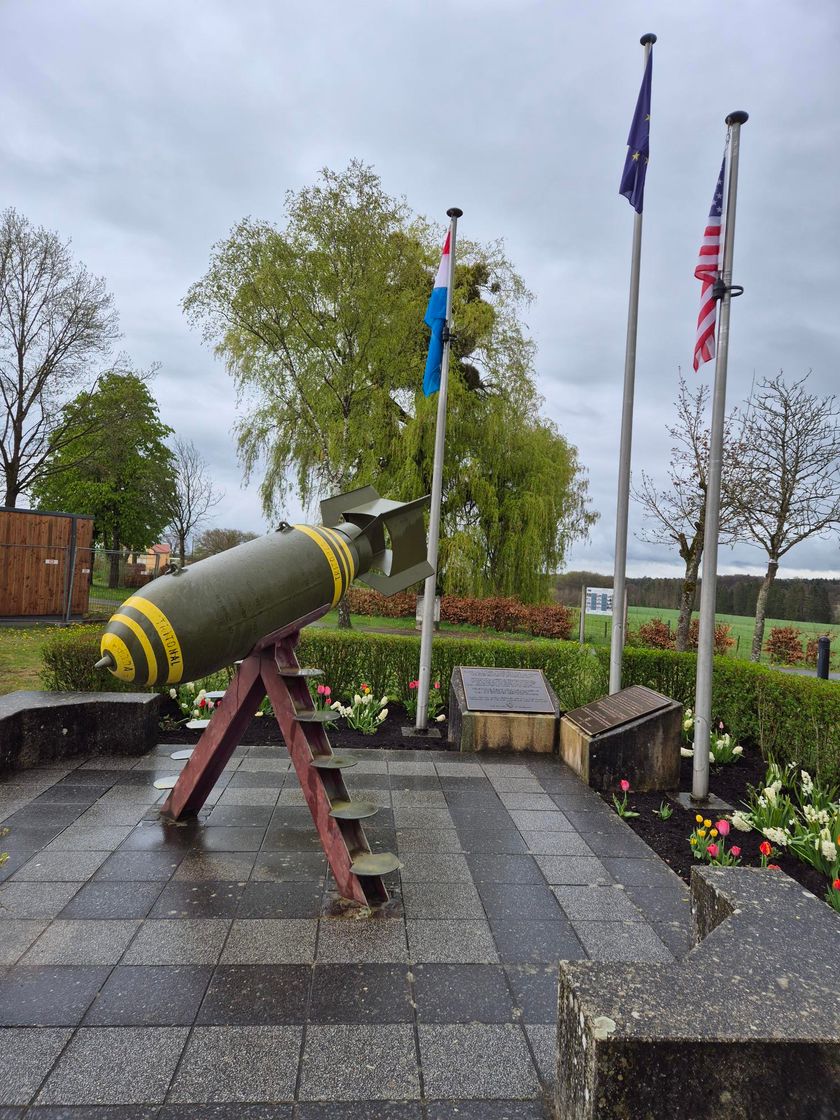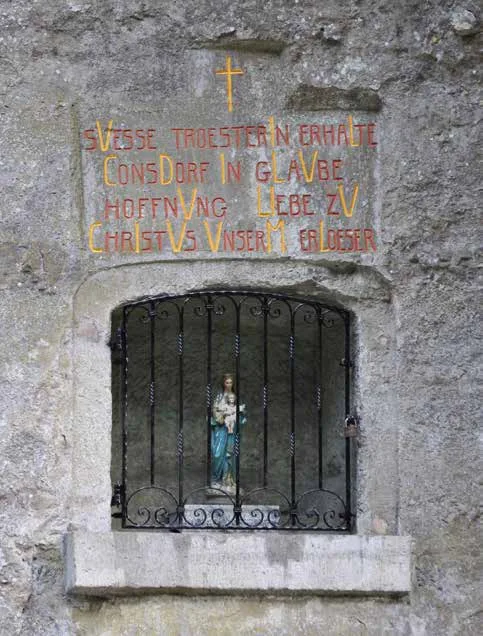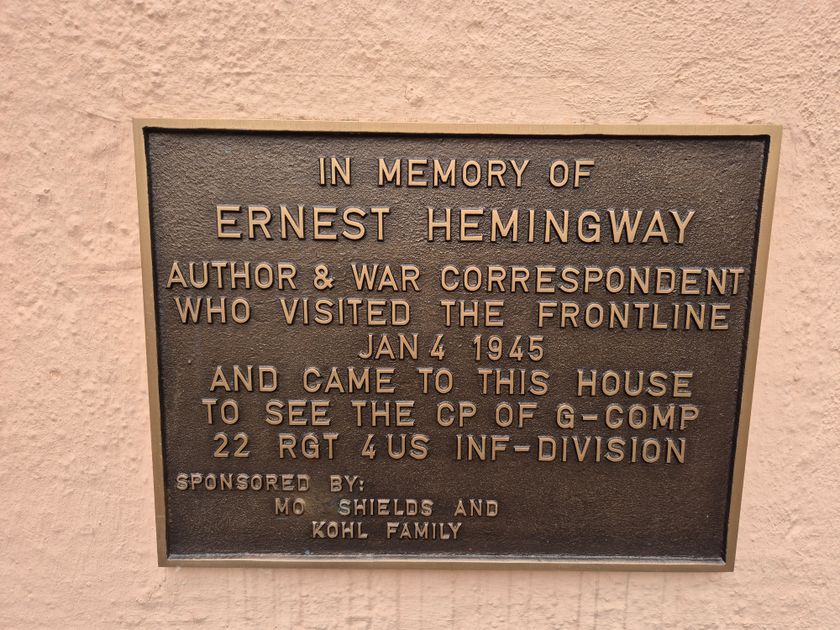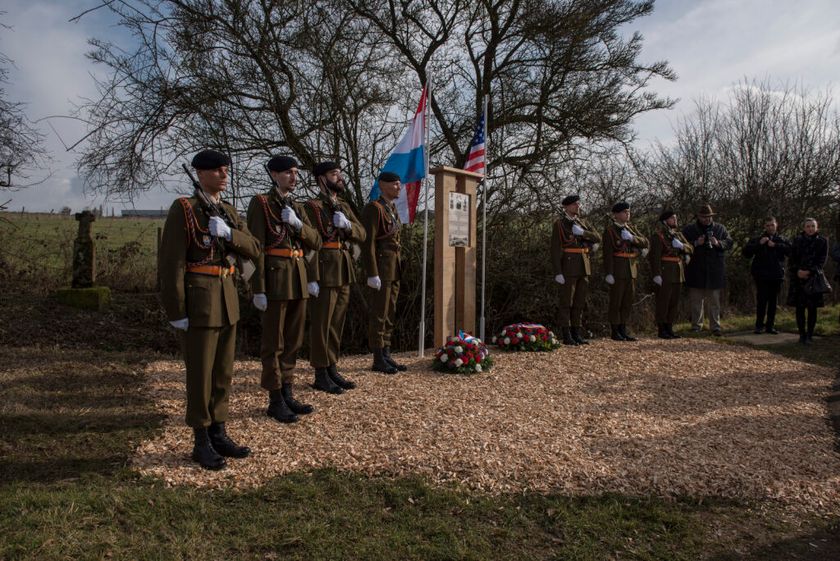On 10 May 1940, Luxembourg was occupied by the German Wehrmacht as part of the Western Campaign. The occupation lasted until Luxembourg was liberated by the US army in September 1944.
In terms of population, Luxembourg suffered the second-highest number of casualties of the Second World War after Poland. A total of 5,703 Luxembourgers died during the war, representing 1.9% of the population at the time.
Almost every Luxembourg family had victims to mourn, whether they were soldiers who were forcibly recruited by the German occupying forces from 1942 or who fought on the Allied side, political and racial victims who were deported and murdered, or civilians who died during the war, especially during the Battle of the Bulge.
Memorial plaques or monuments commemorating the victims of the war and Nazi crimes can be found in many towns and villages.
After the neutral state of Luxembourg was occupied by the German Wehrmacht on 10 May 1940, the subsequent occupation was a difficult time for the Luxembourg population, who were subjected to the terror and repression of the National Socialists.
Luxembourg was liberated by the American forces in September 1944. The liberation plays an important role in Luxembourg's cultural memory, which is why many memorials commemorate the American liberators. The liberation plays an important role in Luxembourg's cultural memory, which is why many memorials commemorate the American liberators.
Memorials offer visitors a better understanding of one of the darkest periods of recent history, the Second World War. By visiting the memorials or commemorative plaques, you will learn what the people of the region went through during the Battle of the Bulge. These sites provide a moving and inspiring journey through history, illustrating human resilience and emphasising the importance of peace and mutual understanding.
